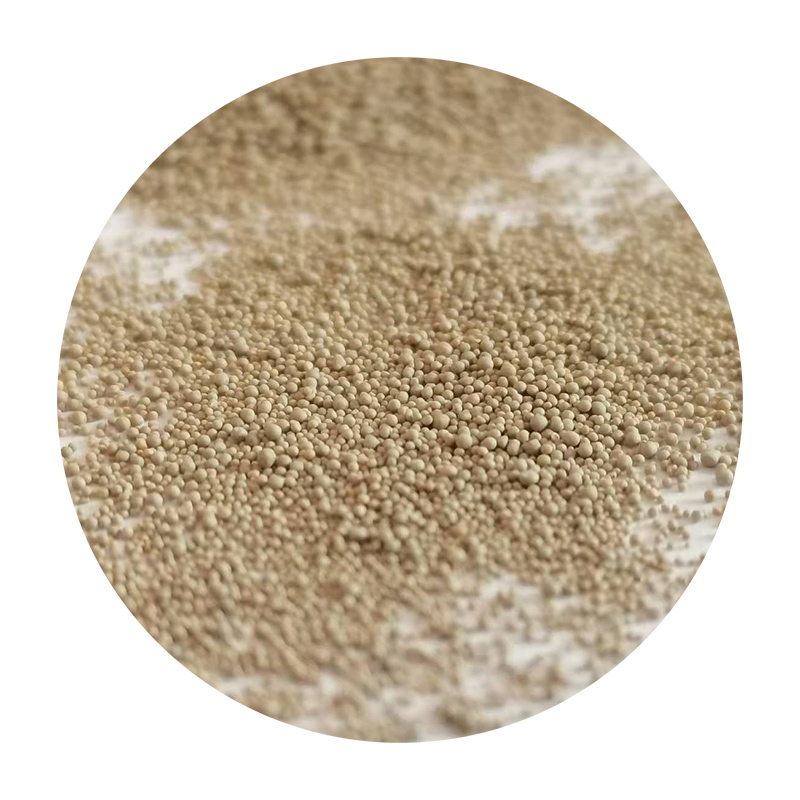The Art and Science of Cast Iron Sanding
Cast iron, heralded for its durability and excellent heat retention, has been a staple in cookware and various industrial applications for centuries. Yet, one of the often-overlooked aspects of working with cast iron is the process of sanding, which is essential for achieving optimal performance, aesthetics, and longevity of cast iron items. This article will delve into the importance of sanding in processing cast iron, the techniques involved, and the benefits it brings to both manufacturers and consumers alike.
Understanding Cast Iron
Before diving into the sanding process, it is essential to understand what cast iron is. Cast iron is an alloy of iron, carbon, and silicon, known for its excellent casting properties. It generally contains 2-4% carbon, giving it a characteristic hardness and brittleness compared to wrought iron. Due to these properties, cast iron cookware, such as skillets, Dutch ovens, and griddles, are favored by chefs worldwide for their heat distribution and retention capabilities.
Nonetheless, raw cast iron surfaces can be rough and uneven, leading to difficulties in cooking, cleaning, and maintaining the items. This is where sanding plays an integral role.
The Importance of Sanding
Sanding cast iron serves several purposes
1. Surface Preparation Prior to applying any protective coatings or seasoning, the surface of the cast iron needs to be smooth and clean. Sanding removes imperfections, rust, and residues from previous operations, providing a solid foundation for any subsequent treatments.
2. Enhancing Aesthetics A well-sanded cast iron surface is visually appealing, with a smooth finish that showcases the craftsmanship. For manufacturers, the appearance of their products can significantly influence consumer perception and marketability.
3. Improving Performance A smooth surface allows for better seasoning adherence, which not only enhances cooking performance but also makes cleaning easier. When a cast iron pan has been properly sanded, it minimizes food sticking and makes it simpler to maintain a non-stick surface through seasoning.
cast iron sanding

4. Preventing Damage By removing rough edges and imperfections through sanding, the likelihood of chipping and cracking during use is reduced. This prolongs the life of the cast iron products.
Sanding Techniques
Sanding cast iron can be accomplished using various techniques, each suited for different applications and desired outcomes
1. Manual Sanding Using sandpaper or sanding blocks, skilled artisans can manually smooth out the surfaces. This method is often used in restoring vintage cast iron pieces, where precision and attention to detail are crucial.
2. Power Sanding For larger-scale production, power sanders can significantly speed up the sanding process. Tools such as belt sanders, orbital sanders, and angle grinders with sanding discs can effectively remove material and provide a smoother finish.
3. Blasting Sandblasting is a more aggressive technique that utilizes high-pressure air to propel abrasive materials onto the surface of the cast iron. This method is particularly effective for removing rust and creating a uniform texture, although it requires careful control to avoid overheating or warping the metal.
4. Finishing Techniques After sanding, finishing processes such as polishing or applying a protective oil can further enhance the surface quality of cast iron items. These additional steps can provide a smoother texture and protect against oxidation and rust.
Conclusion
The process of sanding cast iron is far more than a mere aesthetic choice; it is a fundamental part of ensuring that the final product meets the standards required for both form and function. By investing time and effort in properly sanding cast iron, manufacturers and artisans create products that not only perform exceptionally well but also stand the test of time. For consumers, choosing well-crafted cast iron items that have undergone proper sanding can lead to a rewarding cooking experience. As we appreciate the beauty and functionality of cast iron, let us not forget the craftsmanship involved in its preparation—one that includes the art and science of sanding.
Post time:វិច្ឆិកា . 10, 2024 12:34
Next:Super Sand Bond G2 Innovative Solutions for Durable and Secure Landscaping Applications
